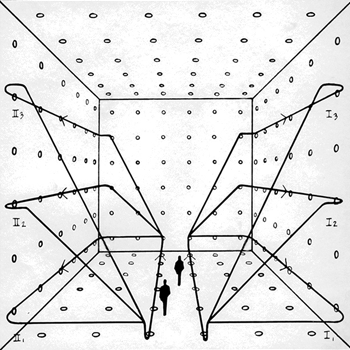Question #e4eae
4 Answers
By the law of simple pendulum we know
Let the time period of the 1st pendulum having effective length
And the time period of the 2nd pendulum having effective length
So by the law
Let the two pendulum starts oscillation in same phase and after a minimum time t sec they again become in the same phase. During this t sec the 1st pendulum oscillates
So
Comparing (1) and (2)
So 1st pendulum will oscillate 21 times and 2nd one will oscillate 20 times before they come to same phase again.
But if we take the ratio in inverted way as follows we get different result.
Then
Here 1st pendulum will oscillate 20 times and 2nd one will oscillate 19 times before they come to same phase again.
The graph given by respected Gio approximately matches with the second result but does not exactly match with any one.So it may be inferred that the pendulum never exactly comes to the same phase again.
Don't think they ever need to get back in phase; but if they do, an iterative computer solution is needed and that will produce an answer that depends on how much rounding you allow to happen.
Explanation:
The period of a simple pendulum [small angle of oscillation assumed] is:
From just plugging the numbers into the period formula [I mirrored this is a spreadsheet so as at least to preserve Excel standard rounding accuracy, shorter numbers are re-produced here]:
To make it easier, imagine 2 runners racing round a tracking starting on the starting line at
The faster completes a lap in
When
Turning to the pendulum, if
That happens at time
However
Plotted it on Desmos and they're not matching up as being in phase
Not sure where to go from here. I have asked Wolfram to solve the oscillation as:
...but it's refusing to play along.
Hi dk_ch below are the Excel results:
Explanation:
I tried plotting the oscillations as cos functions.
Time period of a pendulum is given by the expression
and
LCM of both time periods will give the time when both will be in unison (phase) again.
LCM of
As such the both pendulums will be in phase again after
During this time both pendulums will have completed different oscillations, which can be calculated from the data above.
This would be approximate value.



